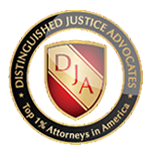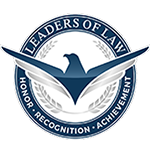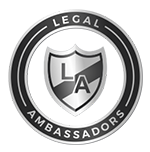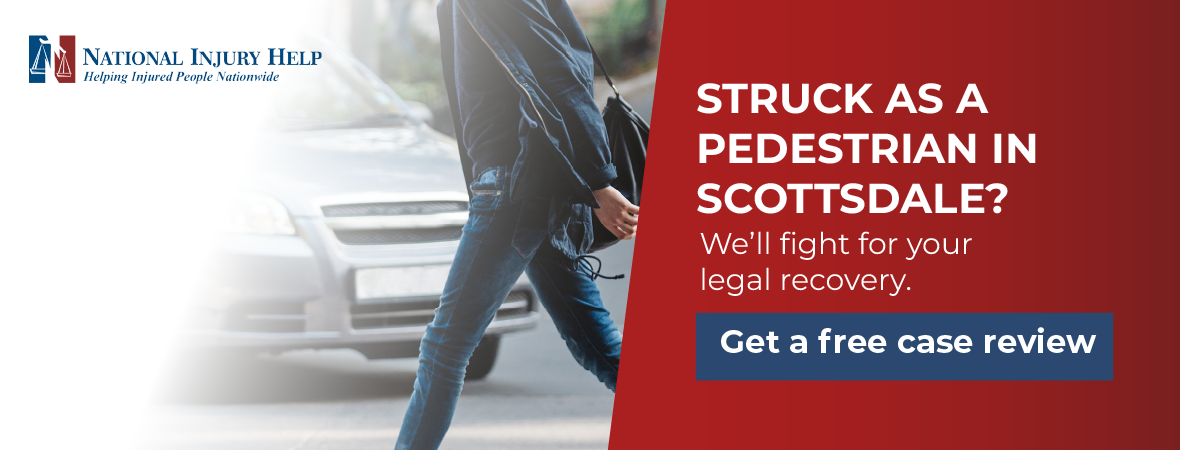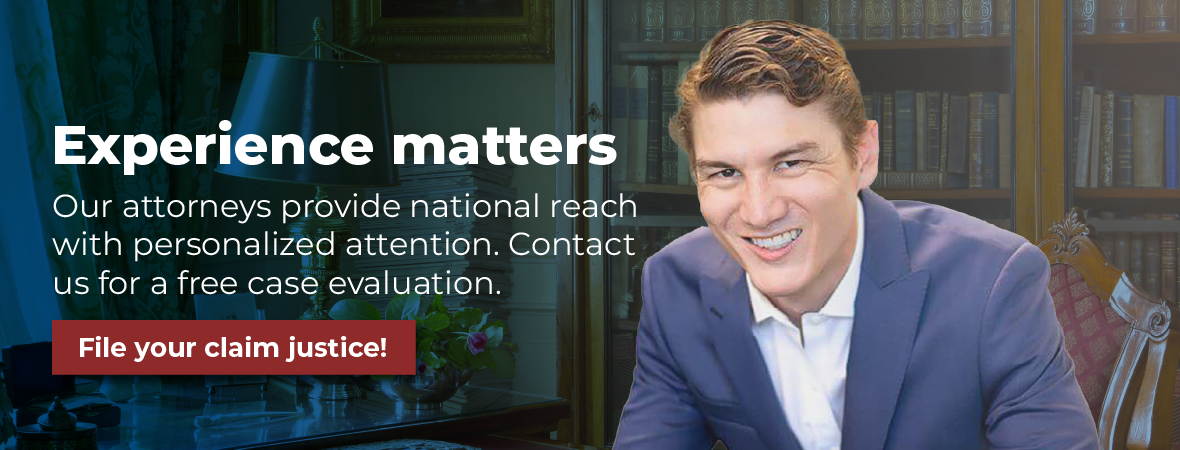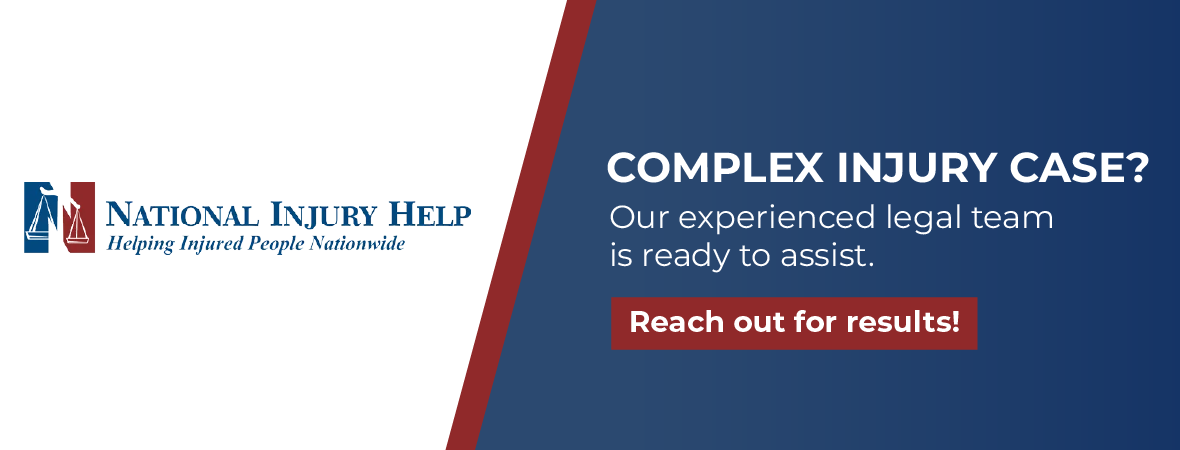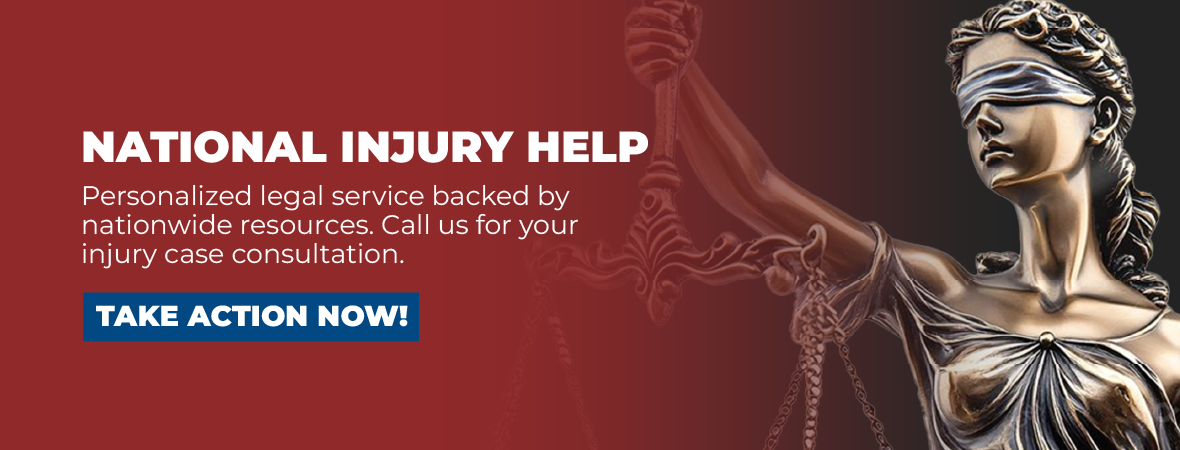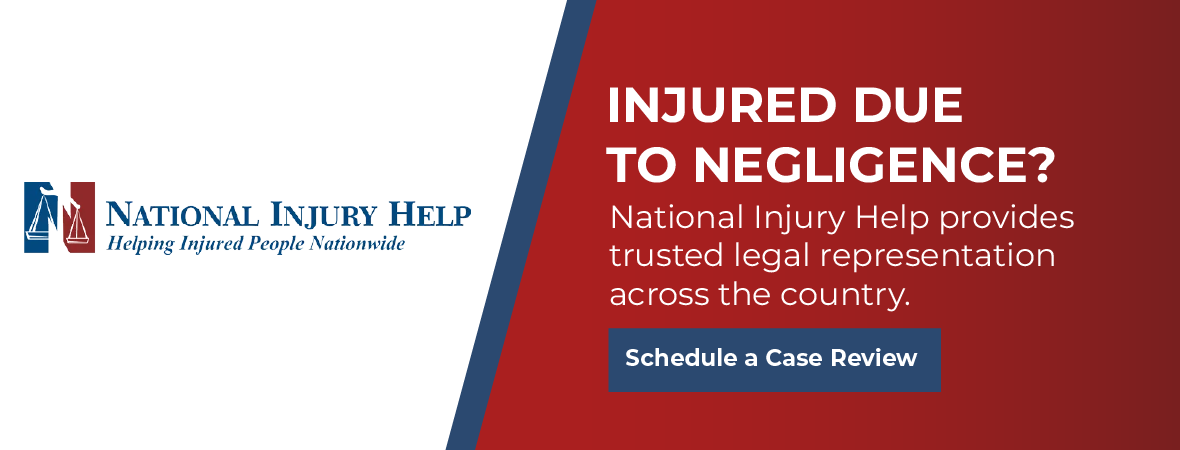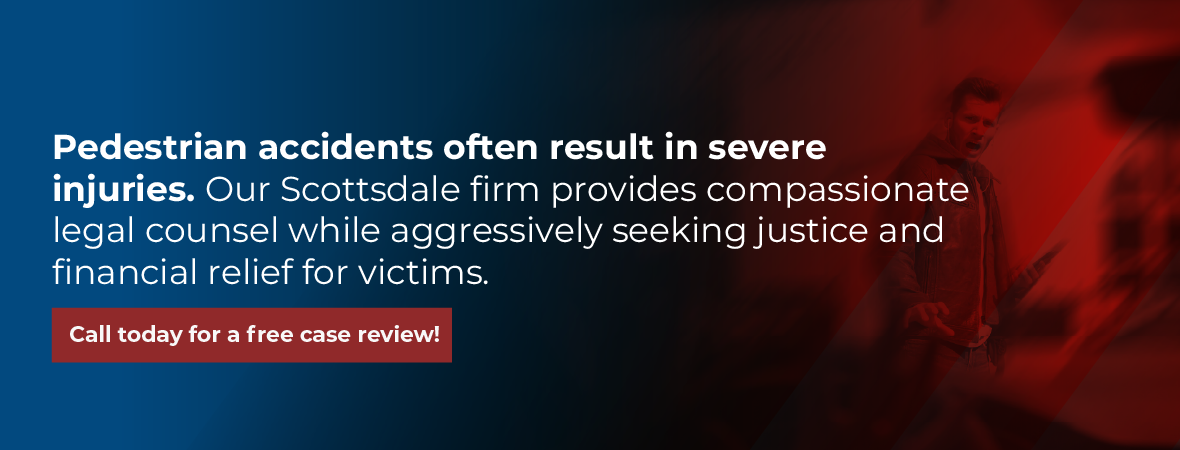If you were hit by a car while walking in Scottsdale, Arizona, you may be facing serious injuries and unexpected bills. Contact our team at National Injury Help by calling 1 (800) 214-1010 today. We are here to protect your rights and guide you every step of the way.
When a car, truck, or motorcycle hits a person on foot, the shock feels instant and overwhelming. One minute you are finishing a class at Arizona State University or crossing Mill Avenue on your lunch break, and the next you are on the ground, hurt and unsure of what to do.
We know this moment brings fear, physical pain, and confusion all at once. You probably have questions about medical bills, time away from work, and whether the driver’s insurance will really cover your losses.
Walking offers no metal frame, no airbags, and no helmet for most adults. A moving vehicle, even at low speed, can cause serious harm. Scottsdale, Arizona, is a vibrant college town with busy sidewalks, light-rail crossings, and lively nightlife. More foot traffic means more risk. Add in rideshare drivers, delivery vans, and visitors who do not know local streets, and the danger rises even higher.
If you’re a pedestrian hit by a car in Scottsdale, Arizona, it is important to hire a Scottsdale-based pedestrian accident lawyer. We live here, we study local crash data, and we fight every day to protect people who get hurt while walking.
Common Causes of Pedestrian Accidents in Scottsdale, Arizona
Every crash has a story. It might start with a distracted driver, a speeding car, or a missed stop at a crosswalk. But behind every pedestrian accident is a series of choices or mistakes that could have been avoided.
Below, we explain the most common causes of pedestrian accidents in Scottsdale, Arizona, in plain, simple terms. We also include real-life examples so you can see how your own experience might match what others have faced.
Distracted Driving
Distracted driving is one of the top reasons pedestrians get hit. Many drivers today are not fully focused on the road. Instead, they look at phones, car screens, or even food wrappers. This delay in attention can lead to deadly mistakes.
Some common distractions include:
- Phone use: Texting, making calls, checking notifications. Even hands-free calls can pull the driver’s mind away from the road.
- Touch screens and music menus: Trying to find a playlist or type in a new address can mean the driver does not see someone stepping into the crosswalk.
- Eating or drinking: A spilled coffee or sandwich wrapper can pull a driver’s eyes and hands off the wheel.
- Talking to passengers: Conversations, especially arguments or group chats, reduce awareness.
When a driver is distracted, they are more likely to run a red light, fail to stop in time, or miss a person in their path. In busy Scottsdale neighborhoods and near Arizona State University, this risk is especially high.
Failure to Yield at Crosswalks
Crosswalks are meant to protect people. Whether marked with white stripes or simply connecting sidewalks at a corner, these are areas where drivers must slow down and stop for walkers. But many drivers don’t yield.
Here are some common situations:
- Rushing through yellow lights: Drivers trying to beat a red light often fail to notice someone already crossing.
- Crossing at night: Glare from headlights or dark clothing can make it harder to spot pedestrians, especially in low-lit areas.
- Crosswalks without signals: Some intersections rely on drivers to stop on their own. When they don’t, pedestrians pay the price.
Downtown Scottsdale and areas near the university see frequent accidents like this, especially when traffic is heavy or people are in a hurry.
Speeding in Residential and Campus Zones
Speed limits are lower near schools, apartment buildings, and parks for a reason. More people walk in these areas. They may be jogging, walking dogs, or heading to class. A fast-moving car has less time to stop, even if the driver sees someone in their path.
Hotspots in Scottsdale include:
- Apache Boulevard
- Rural Road
- Mill Avenue
These streets have narrow lanes, high foot traffic, and short stretches that tempt drivers to hit the gas. Pedestrian injuries here are often serious because of the speed involved.
Drunk or Driving Under the Influence
Scottsdale, Arizona, has a popular nightlife scene, with bars, clubs, and music events. Unfortunately, some drivers hit the road after drinking or using drugs. This is dangerous for everyone, especially pedestrians.
Why impaired driving causes crashes:
- Slow reaction times: Even one drink reduces a driver’s ability to make quick decisions or stop in time.
- Poor judgment: Alcohol and drugs make drivers overconfident. They may take risks, speed, or ignore traffic signals.
- Blurry vision or drowsiness: Some drugs, even legal ones, can affect vision, balance, and attention.
Late nights around downtown Scottsdale, especially on weekends, bring a higher risk for pedestrians walking home, waiting for rides, or crossing the street.
Left or Right Turn Collisions
Drivers preparing to turn are often focused on other cars, not on people walking. This is especially true when turning left at wide intersections or turning right on red.
Here’s how it happens:
- Left turns: A turning driver checks for cars but not for pedestrians coming from the opposite side. The front frame of the car (called the A-pillar) can block their view, hiding someone in the crosswalk.
- Right turns: At a red light, some drivers barely pause before making a turn. If a pedestrian has already stepped onto the road, they may get hit.
Intersections throughout Scottsdale, especially where foot traffic is high, see these types of crashes often. They usually happen at lower speeds but still cause serious injuries.
Where Pedestrian Accidents Frequently Occur in Scottsdale, AZ
Scottsdale is full of hotspots where foot traffic meets fast wheels. Knowing these zones helps you stay alert and gives us clues when we investigate.
High-Traffic Intersections
Cars, buses, bikes, and scooters all converge, creating many conflict points.
- University Drive and Mill Avenue combine student foot traffic with city buses and campus shuttles.
- Apache Boulevard and Rural Road see drivers speeding to reach the US-60 on-ramps while students cross.
Light Rail Crossings and Bus Stops
Public transit is great for the environment, yet rail lines add risk.
- Valley Metro stations bring large crowds that must cross multiple lanes.
- Bus stops on arterial roads require walkers to step into traffic gaps, often at odd angles.
Near Schools and Campus Zones
Children and teens can be unpredictable, and drivers may not expect them outside class hours.
- ASU Scottsdale campus paths spill into city streets during events and class changes.
- Scottsdale High School crossings lack full signals on some edges, leaving students to judge gaps.
Parking Lots and Private Properties
Most lots lack clear right-of-way rules, and backing vehicles create blind spots.
- Retail centers along Southern Avenue host daily near-miss events between carts, cars, and foot traffic.
- Apartment complexes have narrow lanes where pedestrians share space with delivery vans.
Common Injuries Suffered by Pedestrians
When metal meets flesh, the body takes the hit. Some injuries show up right away; others appear days later. We see the same painful patterns, and each one carries long-term costs.
Head and Brain Injuries
- Concussions may seem mild yet leave lasting headaches and memory gaps.
- Skull fractures raise the risk of bleeding inside the brain.
- Severe traumatic brain injuries can change mood, speech, and even personality.
Spinal Cord Injuries
- Complete cord damage may cause paralysis below the site of the crosswalk injury in Scottsdale.
- Herniated discs press on nerves and trigger chronic pain.
Broken Bones
- Hips and legs snap when a car hits from the side.
- Ribs and collarbones often fracture on impact with a hood or the ground.
Internal Bleeding and Organ Damage
- Bleeding in the abdomen can turn deadly without fast surgery.
- Lung bruises limit breathing and raise pneumonia risk.
Emotional and Psychological Trauma
- Post-traumatic stress disorder brings flashbacks, nightmares, and a fear of traffic.
- Anxiety and depression grow when pain and bills linger.
Scottsdale Pedestrian Accident Lawyer’s Guide for What to Do After a Pedestrian Accident
Call 911 Immediately
- Paramedics can spot hidden injuries and stabilize spinal damage.
- Police create an official record that later proves the driver’s fault.
Get Medical Treatment
- Early scans catch fractures before they shift or worsen.
- Medical notes link your injuries to the date of the crash.
File a Police Report
- Do not rely on a driver’s promise to “work it out.”
- An official report locks down names, insurance data, and witness statements.
Gather Evidence
- Photos of the scene show vehicle position and road markings.
- Contact info for witnesses lets us follow up before memories fade.
Don’t Admit Fault or Talk to Insurers
- Drivers’ insurers record calls to use against you.
- Speak to a lawyer first, even if you think you share blame.
Scottsdale Pedestrian Accident Lawyer Explains Arizona Pedestrian Laws and How They Affect Your Case
State rules decide who yields, who pays, and how long you have to act. We translate the fine print into plain steps.
Right-of-Way Laws
Drivers must stop for pedestrians at both marked and unmarked crosswalks.
- Marked crosswalks include painted lines and signalized intersections.
- Unmarked crosswalks exist at most corners even without paint.
Jaywalking and Shared Fault
Walking outside a crosswalk can count against you, yet it does not erase your claim.
- Jaywalking may reduce compensation, but only by your percentage of blame.
- Drivers still owe a duty to watch for people on the road.
Comparative Negligence in Arizona
You can win money even if you are partly at fault.
- If a jury finds you 20% liable, you still collect 80% of the damages.
- We aim to show the driver mostly to blame, so your share drops and your recovery rises.
Statute of Limitations
Time limits close cases if you wait too long.
- Two years from the crash for most injury claims.
- One hundred eighty days to file notice if a city or state agency shares fault, such as faulty signals.
The Matter of Liability: Insights from an Experienced Scottsdale Pedestrian Accident Lawyer
More than one party can share blame, and each brings another source of compensation.
- Negligent Drivers: This is the most obvious defendant, but not the only one. Speeding, failure to yield, or distraction all point to driver fault.
- Government Entities: Bad road design creates traps. Poorly timed lights or missing signs can shift legal responsibility for the city or state.
- Property Owners: Parking lots and private roads require safe design. Poor lighting or blocked sightlines make exits dangerous for walkers.
- Rideshare or Commercial Drivers: Businesses must train and monitor their drivers. Uber, Lyft, and delivery services carry commercial policies that may pay higher amounts.
How a Scottsdale Pedestrian Accident Lawyer Can Help
After a serious pedestrian accident, your focus should be on healing, not dealing with insurance companies, medical paperwork, or legal deadlines. A Scottsdale pedestrian accident lawyer steps in to carry that burden for you. We take care of the legal side of things so that you can take care of yourself and your recovery.
Here’s what we do and how it helps:
We Investigate the Accident Thoroughly
Winning a case starts with knowing exactly what happened. We don’t guess or rely only on what the police report says. Our team takes the time to uncover every important detail.
- We check for security camera footage from nearby businesses, traffic lights, or home doorbell systems.
- If the driver’s vehicle has a black box or onboard computer, we collect that data to show speed, braking, or distraction.
- We interview witnesses, check the lighting and signage at the scene, and study the road layout.
- We also analyze weather conditions, crosswalk signals, and other factors that might have played a role.
The more information we gather, the stronger your case becomes.
We Deal with the Insurance Companies
Insurance adjusters are trained to protect their company’s money, not your well-being. Many people who try to deal with adjusters alone end up accepting much less than they deserve.
We don’t let that happen.
- We handle all communication with the insurance companies, so you never feel pressured, confused, or outmatched.
- We make sure your injuries, medical treatments, and long-term needs are clearly documented.
- We organize and present the evidence in a way that shows exactly how the accident changed your life.
- We stand up to any tactics used to delay, deny, or reduce your claim.
When we speak on your behalf, it levels the playing field and helps make sure you get fair treatment.
We Calculate the Full Value of Your Claim
Getting money for your injuries is not just about paying today’s hospital bill. A good pedestrian accident lawyer will also think about what you will need in the future.
- Medical experts help us understand what long-term care, therapy, medication, or future surgeries may cost.
- Vocational experts tell us how your injuries affect your ability to work now and in the years to come.
- We include lost wages, missed promotions, pain and suffering, emotional stress, and the impact on your daily life.
You only get one shot at a settlement or verdict, so we make sure your claim reflects the full picture.
We Are Ready to Go to Court If Needed
Most pedestrian accident cases are settled outside of court. But we prepare from the beginning as if we are going to trial.
- If the insurance company refuses to offer a fair settlement, we are ready to take your case to court.
- We file your case in the appropriate county courthouse.
- We handle everything from filing paperwork to questioning witnesses, selecting jurors, and making your case to the judge.
While you rest and recover, we fight on your behalf using every legal tool available.
You Pay Nothing Upfront
You should not have to worry about legal bills while you’re trying to get better. That’s why we work on a contingency fee basis.
- You do not pay us anything up front.
- We only get paid if we win your case and secure a settlement or verdict.
- If we do not win, you owe us nothing.
This approach allows you to get top-quality legal help without the stress of adding another bill to your pile.
What Compensation Can You Recover?
No amount of money can undo the pain or bring back the life you had before an accident. But compensation can help ease the burden. It helps pay for medical care, replaces lost income, and gives you the resources you need to rebuild your life. Understanding the types of compensation available can make a big difference when deciding what steps to take after an injury.
Medical Expenses
Health care in the United States is expensive. One ambulance ride or night in the emergency room can cost thousands of dollars. If your injury required surgery, ICU care, or multiple doctor visits, the bills can grow quickly.
However, medical costs do not stop at the hospital. You may also need:
- Physical therapy to regain strength or mobility
- Occupational therapy to relearn daily tasks like cooking or driving
- Speech therapy if your injury affected communication
- Prescription medications to manage pain or prevent infection
- Medical equipment like crutches, wheelchairs, or neck braces
- Follow-up appointments, imaging scans, and blood work
In some cases, long-term or even lifetime treatment is needed. Legal compensation should cover both the current and future costs of your care.
Lost Income
Many injuries cause people to miss work for days, weeks, or even months. During that time, paychecks stopped coming in, but bills continued to arrive. Missed wages can force families to dip into savings or fall behind on rent, utilities, or car payments.
In more serious cases, your injury might affect your long-term ability to work. Maybe you need to change careers, reduce your hours, or give up physically demanding jobs. You might miss out on promotions, bonuses, or future raises.
Compensation for lost income may include:
- Wages lost during recovery
- Lost overtime, commissions, or tips
- Lost future earnings if you cannot return to your previous job
- Retirement contributions or pension income are affected by time away
Every paycheck matters. Your legal team can work with financial experts to calculate the full impact of income loss.
Pain and Suffering
Not all damage from an accident shows up in bills or pay stubs. Pain and suffering damages cover the personal and emotional side of what you’ve been through.
You may experience:
- Constant or recurring pain in your back, neck, joints, or muscles
- Headaches or nerve pain that disrupt sleep and daily life
- Depression, anxiety, or mood swings
- Loss of enjoyment from activities you once loved, like playing sports, traveling, or even spending time with family
- Difficulty sleeping or fear of being in public places, especially after serious trauma like a car crash or fall
Your emotional well-being matters just as much as your physical health. Pain and suffering damages reflect that.
Disability or Permanent Impairment
Sometimes an injury leads to long-term or permanent changes in your body. You may recover somewhat, but you will never fully return to the life you had before. This can deeply affect your daily routine and emotional health.
Examples of permanent or disabling effects include:
- Loss of movement in arms, legs, or hands
- Chronic pain that limits activity
- Scarring or disfigurement that changes your appearance
- Amputation of limbs
- Brain injuries that affect memory or communication
- Vision or hearing loss
These injuries often require home changes, such as ramps, stairlifts, or wider doorways. They may also require in-home help for tasks like bathing, dressing, or cooking. Compensation can help pay for these adjustments and ongoing care.
Punitive Damages
Most compensation is meant to help you recover what you lost. But in some cases, the law allows additional money as a form of punishment.
This happens when the person who caused your injury acted in a particularly reckless or dangerous way. For example:
- A drunk driver who caused a serious crash
- A company that ignored safety warnings and put others at risk
- A property owner who knowingly left a hazard in place without warning anyone
Punitive damages are not awarded in every case. But when they are, they serve two purposes: to hold the wrongdoer accountable and to send a message that such behavior will not be tolerated.
FAQs About Pedestrian Accidents in Scottsdale
Clear answers cut stress. Here we tackle questions we hear every week.
What if I was partially at fault for the accident?
You can still recover money even if you were partly at fault for the accident under Arizona’s comparative negligence law. However, your award drops by your share of blame, but never reaches zero unless you were entirely at fault.
Can I sue if I wasn’t in a crosswalk?
Yes, you can still sue even if you weren’t in a crosswalk. Crossing mid-block may reduce your recovery, yet drivers still owe a duty to watch the road.
How long does it take to settle a pedestrian injury case?
Simple cases may settle in a few months. Complex injuries or disputed fault can take a year or more, especially if we file a lawsuit.
What if the driver fled the scene (hit and run)?
We pursue uninsured-motorist coverage on your own auto policy and work with police to identify the driver through cameras and witness tips; So even if the driver remains unidentified, you can still seek compensation for the accident.
Should I talk to the driver’s insurance company directly?
No, you should not talk to the driver’s insurance company directly on your own. Adjusters aim to limit payments. Let us handle all calls and letters so your words cannot be twisted.
Why Hire Our Team of Experienced Scottsdale Pedestrian Accident Lawyers?
Local knowledge turns small facts into big leverage.
Deep Knowledge of Scottsdale’s Traffic and Pedestrian Patterns
We know which streets lack safe lighting and where campus crowds surge. That insight helps us prove foreseeability and negligence.
Experience With Maricopa County Claims
Every county court runs on its own schedule. We file paperwork the way local clerks prefer and work with doctors who understand legal documentation.
Personalized Support
You are not a case number. We meet in person, answer every call, and send updates before you ask.
Contact a Scottsdale Pedestrian Accident Lawyer Today
Time matters. Evidence fades, witness memories blur, and legal deadlines approach fast. If you were hit while walking in Scottsdale, Tempe, Chandler, Mesa, or Phoenix, call National Injury Help now. Consultations cost nothing. You pay us only if we win your case. One phone call starts the path toward medical relief, lost income recovery, and peace of mind.
Do not wait after a crosswalk injury in Scottsdale. Reach us 24/7 by calling 1 (800) 214-1010 for a free, no-risk consultation. We stand ready to fight for you so you can focus on getting better.

